If you pay attention to the ads on TV, in magazines, and online, you've probably come across some really questionable products. The kind that make you raise an eyebrow and say, "I..don't think that's how that works."
The idea of marketing something as a "miracle cure" is nothing new. Unscrupulous peddlers have been selling various concoctions for cash since practically forever.
At best, the "medicines" were harmless placeboes that have no effect. At worst, they could be fatally dangerous, and include ingredients like arsenic, cocaine, and mercury.
There's the saying that if something seems too good to be true, it probably is, and the same goes for these Victorian-era "cures" that claim to clear up everything from baldness to toothaches to paleness — sometimes all at once.
Modern, tried-and-true medicines and natural remedies have their side effects and caveats. Even a wonder-spice like turmeric, which can tackle a number of health issues, should be used with caution by pregnant women and those with diabetes or gall bladder issues.
But in the Victorian period and earlier, when people were both less knowledgeable about medicine in general and there were far fewer regulations, all kinds of bizarre, supposedly cure-all items were sold, and some quite successfully!
Take a look below, and see what used to pass for medicine, and be glad you live now!
[H/T: Mental Floss]
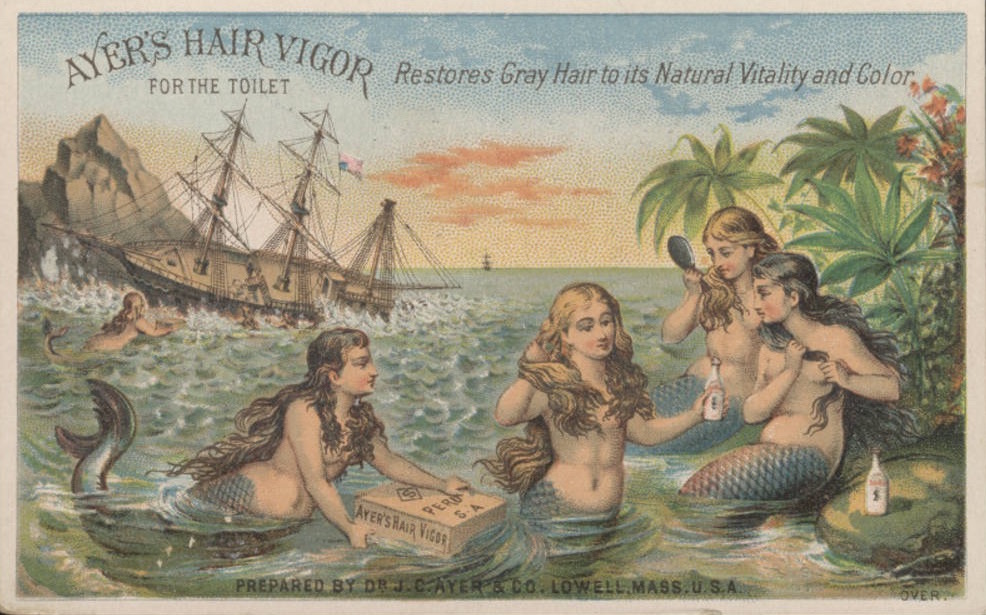
False medicine, or "quack" medicine, were products that claimed to improve health or completely reverse ailments in record time, perfectly, and with no side effects.
As you might imagine, most of them didn't work. At all. You'll also notice that many of them are very vague about what their ingredients are or how they work.
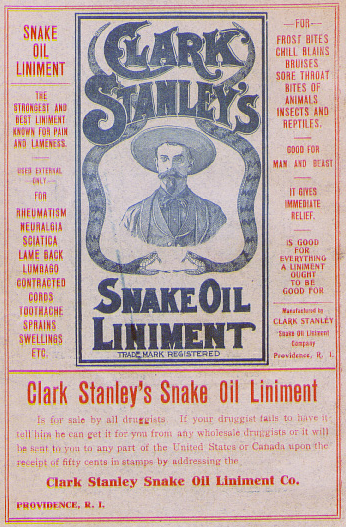
The term "snake oil salesman" originates with medical quackery (the actual term).
The term started with Clark Stanley, who peddled his "snake oil" as a cure-all in the late 1800s and early 1900s.
What was actually in it? Mineral oil, some kind of animal fat, red pepper, turpentine, and camphor. It wasn't even real snake! And it certainly didn't cure anything.

But the markets were still full of all kinds of remedies said to cure any and all illnesses.
During this time, medical science was expanding, but the average person didn't have much medical knowledge, so a "miracle" cure seemed, to many, to be very possible.
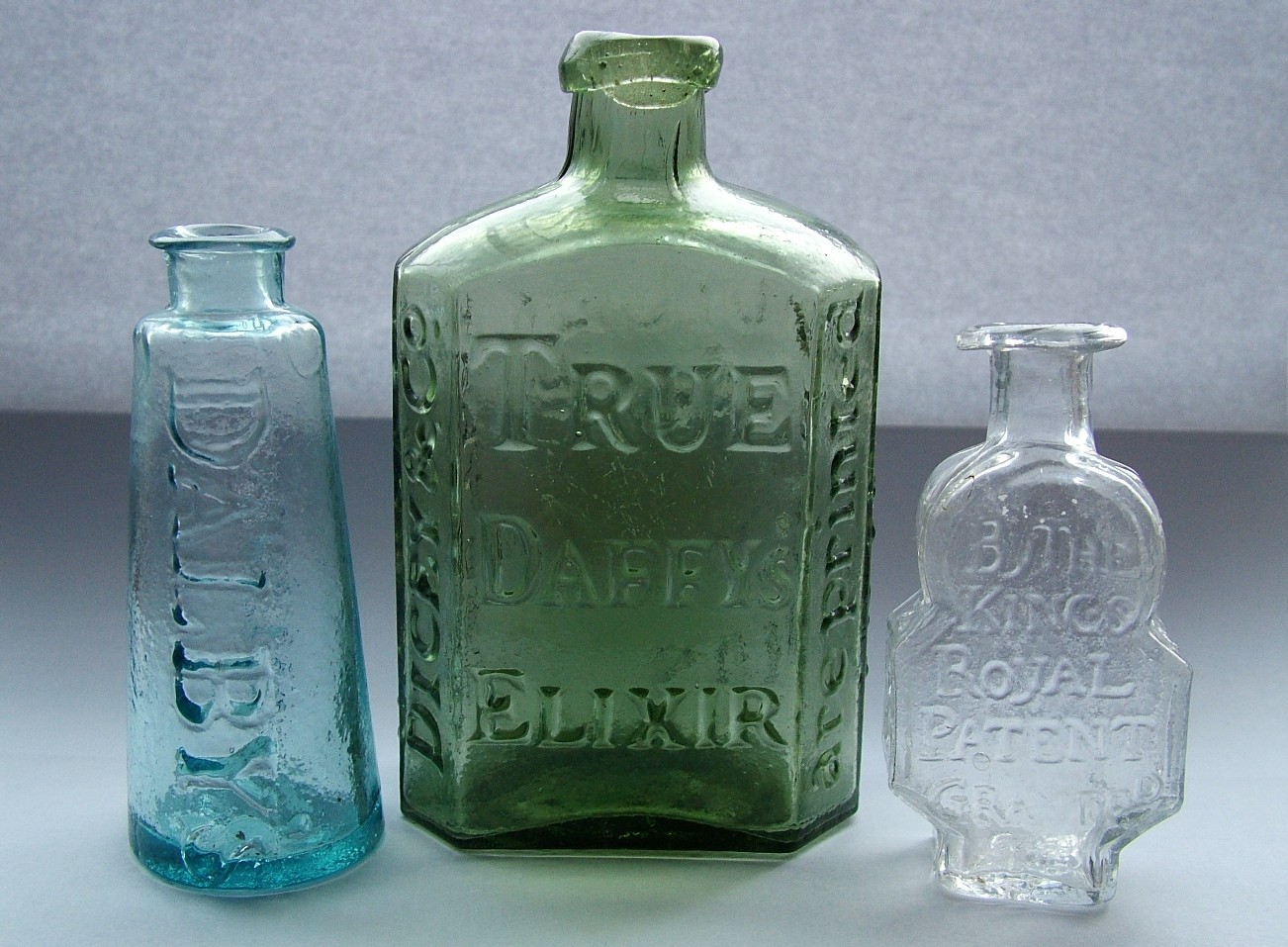
The "medicines" often came in fancy, distinctive bottles like these, with customized molded lettering and logos.
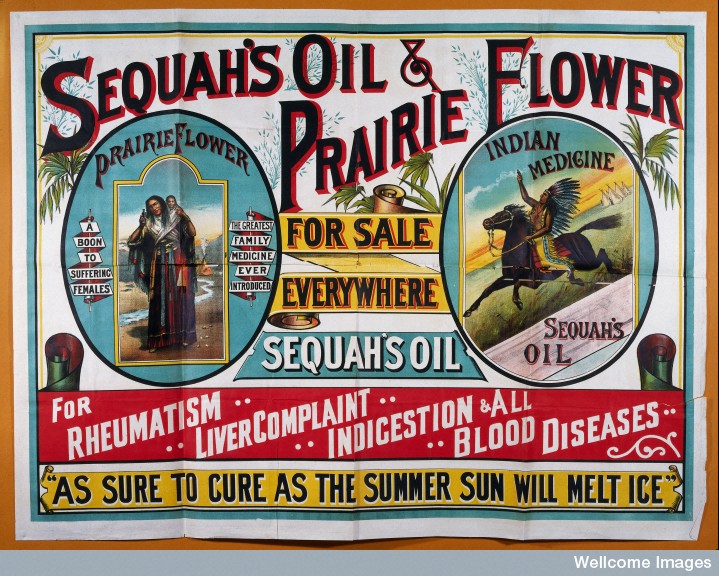
Many quacks drew on "mystical" themes to sell their products.
Native American lore was a big one, and many oils, tonics, and other goops were touted as ancient native remedies.

Of course, most if not all of them were completely made up.
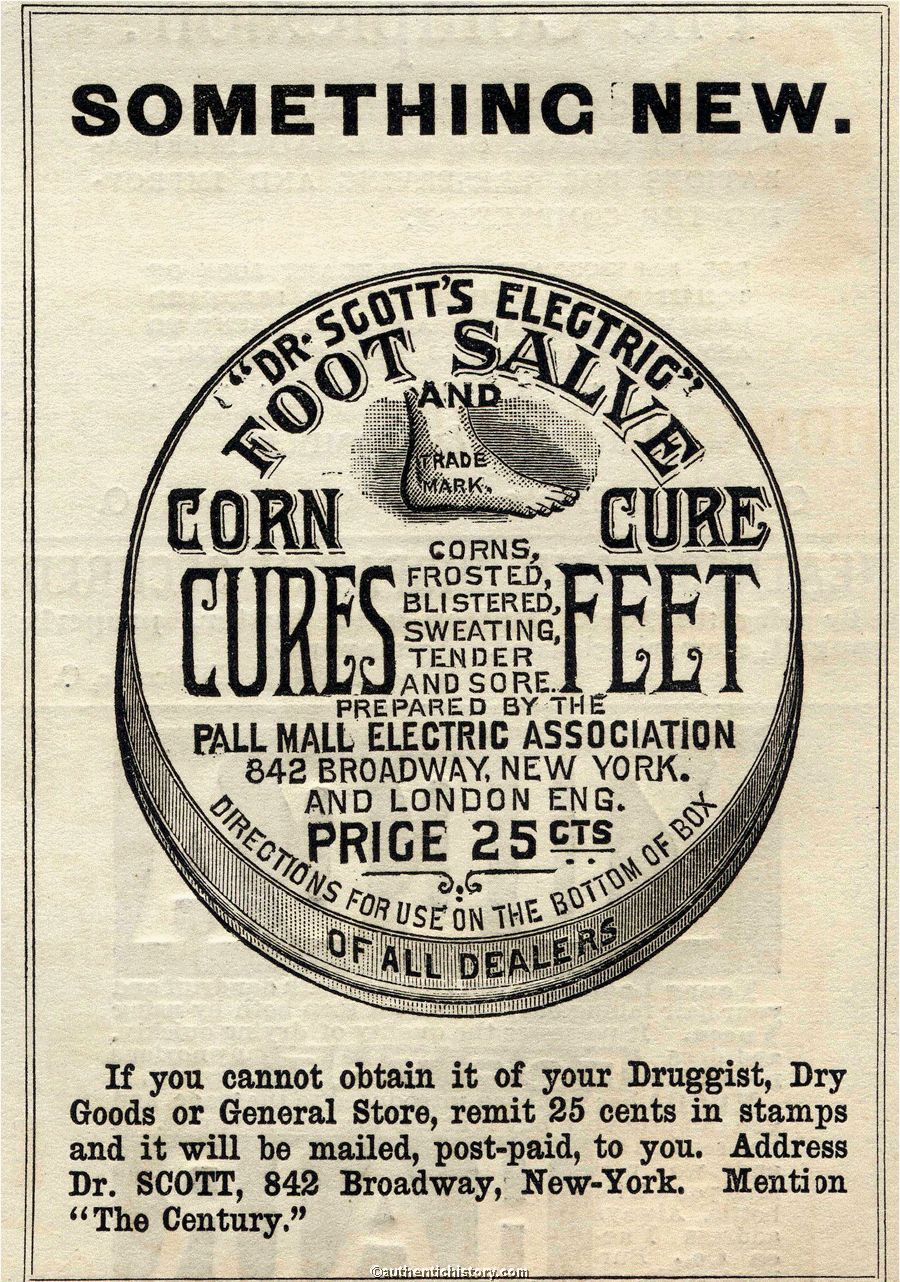
New technologies were also exploited for marketing.
This foot salve, said to cure both sweating and frostbite, was said to be "electric."
How can a foot salve be electric? Good question.
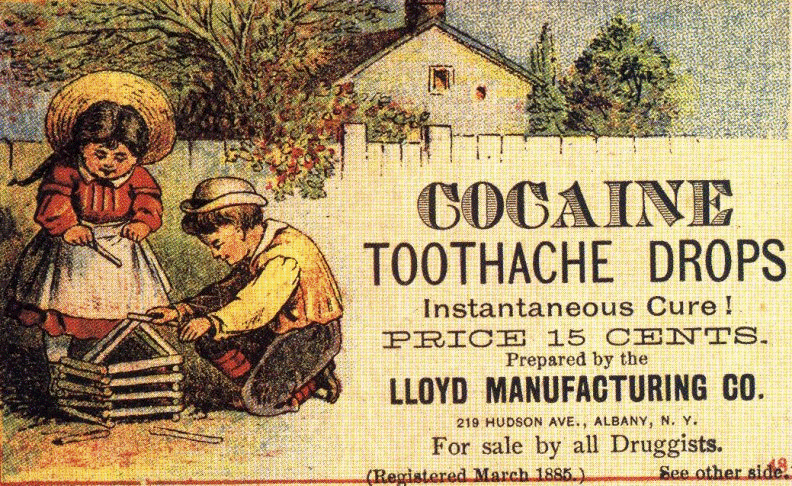
Other times, dangerous substances were used in the medicines due to a general lack of understanding of its effects.
Cocaine and morphine were both hugely popular for their numbing, calming effects, and were regularly given to children.
Interestingly, cocaine is still used as a dental anaesthetic, but only by trained dentists — and you certainly can't buy it in stores!
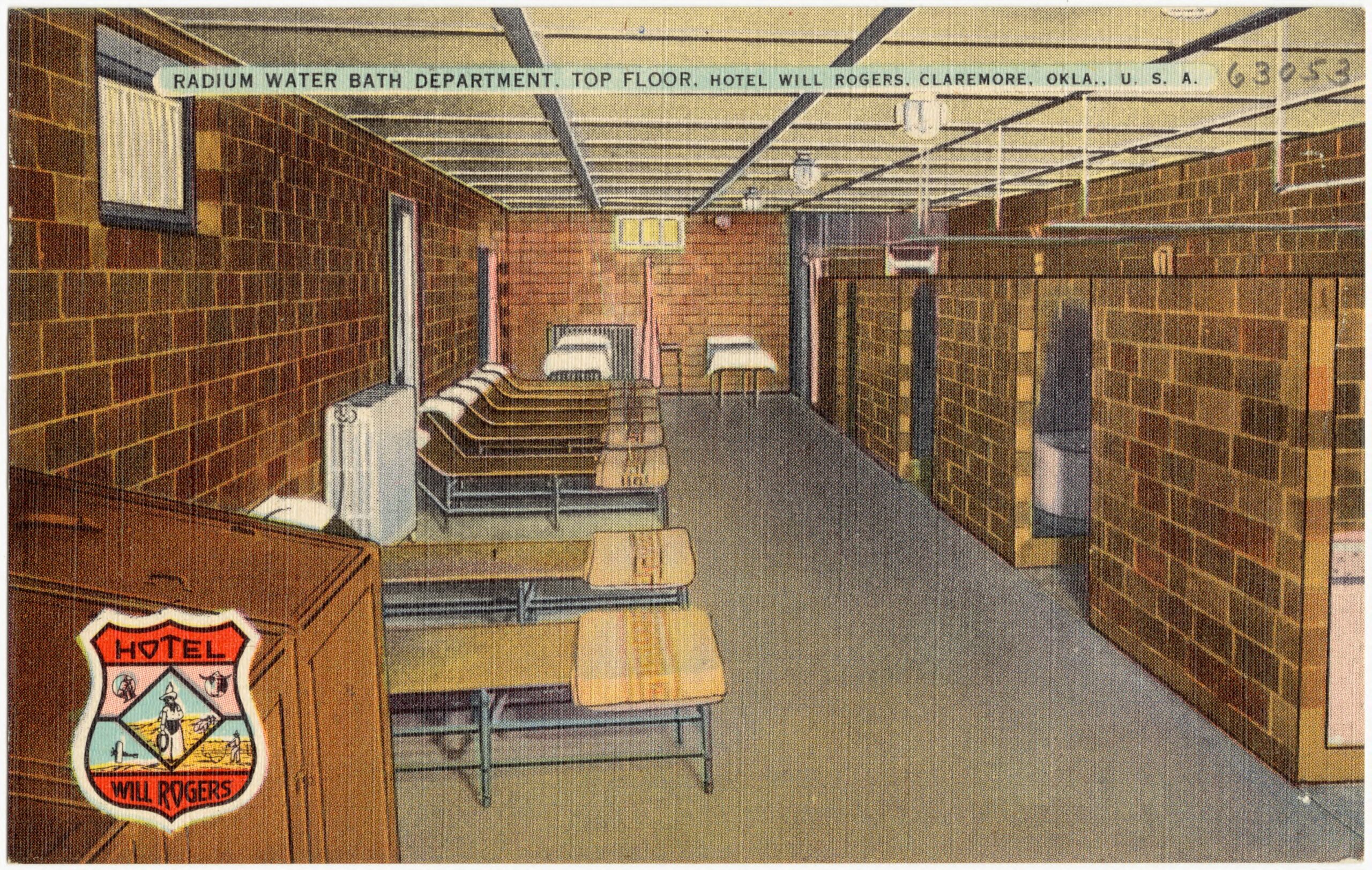
The discovery of radioactive materials also saw it used in "medical" applications, like these radium baths advertised at a hotel.
Radium and other radioactive substances were marketed as health tonics and beauty aids, and naturally, things didn't end well.
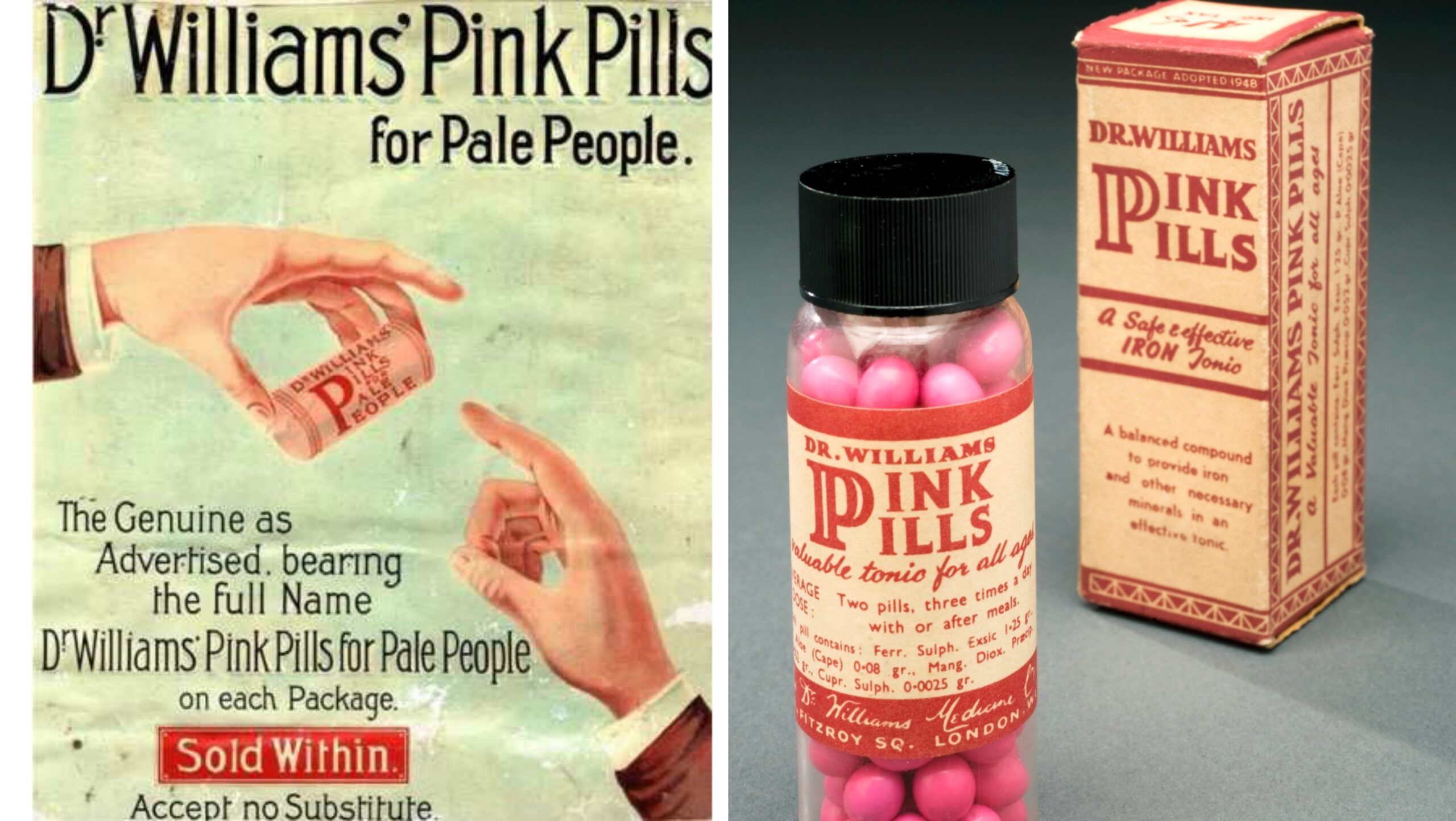
Other times, the medicines were just plain silly.
These pink pills (for pale people) were said to give a healthy, rosy glow to people who were sallow or pale.
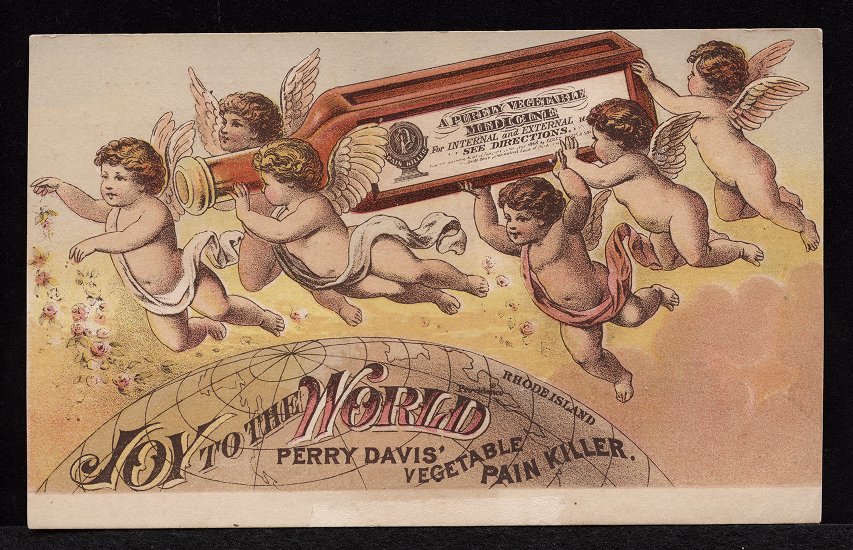
For the most part, quack medicines didn't harm or hurt.
They were simply placeboes, and if people felt "cured," it may have been psychosomatic.
Still, they would be paying money, sometimes quite a bit, for medicine that did nothing.
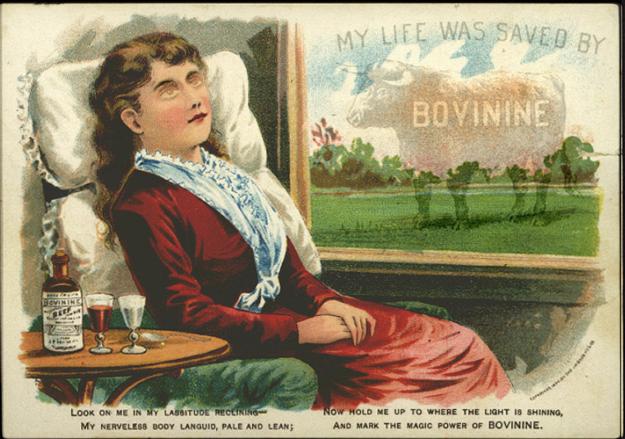
Other times, quack medicine was based on a shred of medical science, but not a lot.
"Bovinine" was an alcoholic mixture of beef blood, salt, and glycerin, and was marketed as something to strengthen the body.
Blood is rich in iron, which does combat anemia, so there was kind of some truth to this, but it was also probably mostly booze. Which, no matter how pleasant it might make you feel, is not medicine.

Other times, the medicine worked — in a way.
"Absorbine" was supposed to reduce swelling in veins, but according to the instructions, you were supposed to rub it on the affected area.
The rubbing was probably what reduced any swelling, really, but buyers might take that as a sign of the tonic's effectiveness and continue spending money on it.
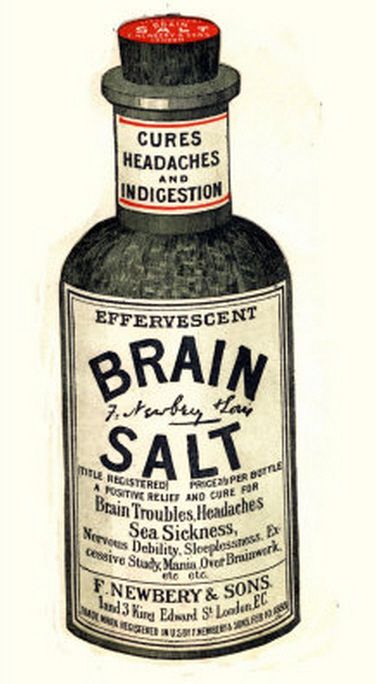
A sign of quack medicine was that it was supposed to cure all kinds of things at once.
"Brain Salt" was supposed to cure tension headaches, but also indigestion and sea sickness.
What was in it? Who knows? It was probably alcohol.
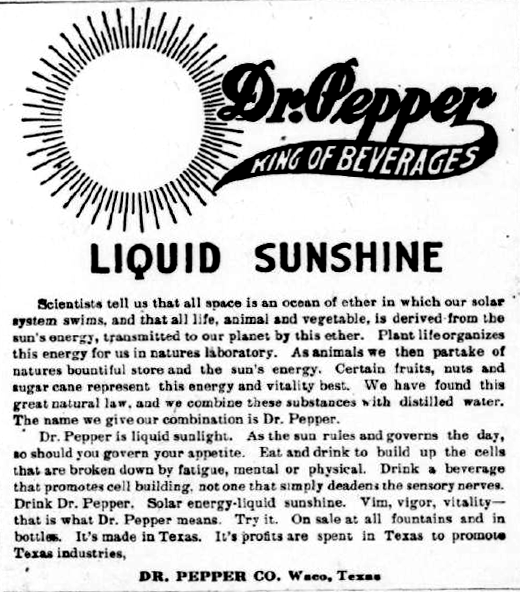
And sometimes, everyday items were also marketed as medicine. Like Coca-Cola was marketed as a health tonic, so was Dr. Pepper.
This ad from 1913 claimed that the soda contained "liquid sunshine" and was essential to health and vitality.
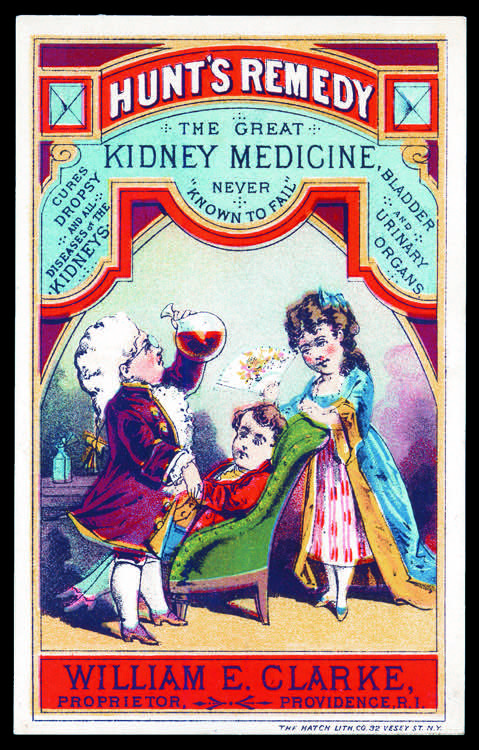
And people were more than happy to buy these tonics, pills, salves, and concoctions.
Today, it's easy to look back and wonder how anyone could have bought these things, but back then, they might have really seemed like miracles!

Of course, scientists and doctors warned people about quack medicines, especially the dangerous ones containing drugs, like on this 1912 cover of Collier's magazine.
Do any of these surprise you? Do you think we'll look back on something from today with the same reaction?
SHARE this strange pseudo-medical history with anyone who loves the weirder side of the past!




